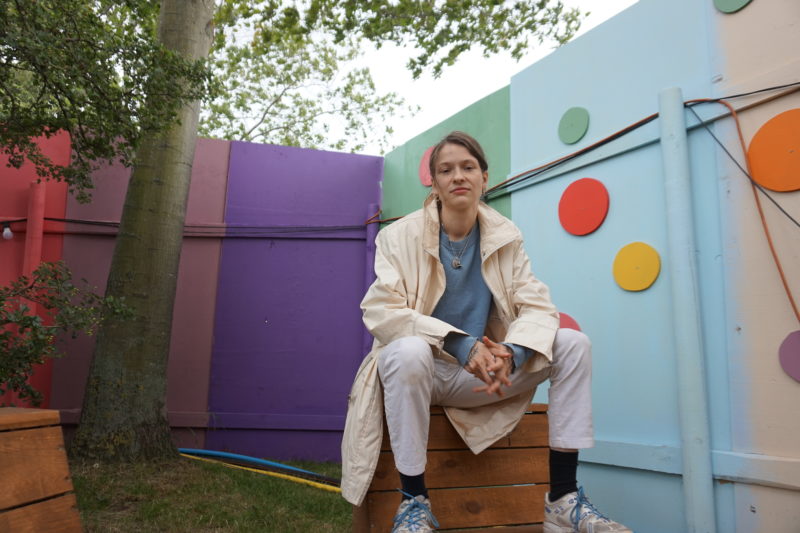Across two festivals, SPOT in Aarhus and Roskilde in, well, Roskilde, Selma Judith‘s performances have been highlights. On record (she’s put out three singles to date), the Danish musician specialises in slow-burning R’n’B, soft, smokey beats providing a platform for her spectacular, acrobatic vocals. Live, she adds another element, bringing in a more stripped-back, acoustic sound led by her harp-playing to go along with the modern electronica. We caught a few words with her backstage at Roskilde to find out more.
Something I noticed about your music is that you blend two different styles, a singer-songwriter, more vocal-focused and stripped-back, and then you also have a modern R’n’B sound and production in other places. So I was wondering what got you into music, and what your influences were when you started this project?
Actually, the harp was my way in. I took classes when I was growing up, and now I’m actually studying in a preparation school for the conservatory. I sang a bit, and I have sung since I was little, on and off. One of my first big jobs in music was with MØ, when I was brought in to play the harp on a song, and some of the guys there asked me if I could sing. I was like ‘yeah…’, and so they arranged for me to sing in the choir [during MØ live shows], as when you’re only playing the harp on some songs, it’s good to be able to do other things too. They appreciated my voice, and that gave me the courage to try and make my own music. I did that, and here we are.
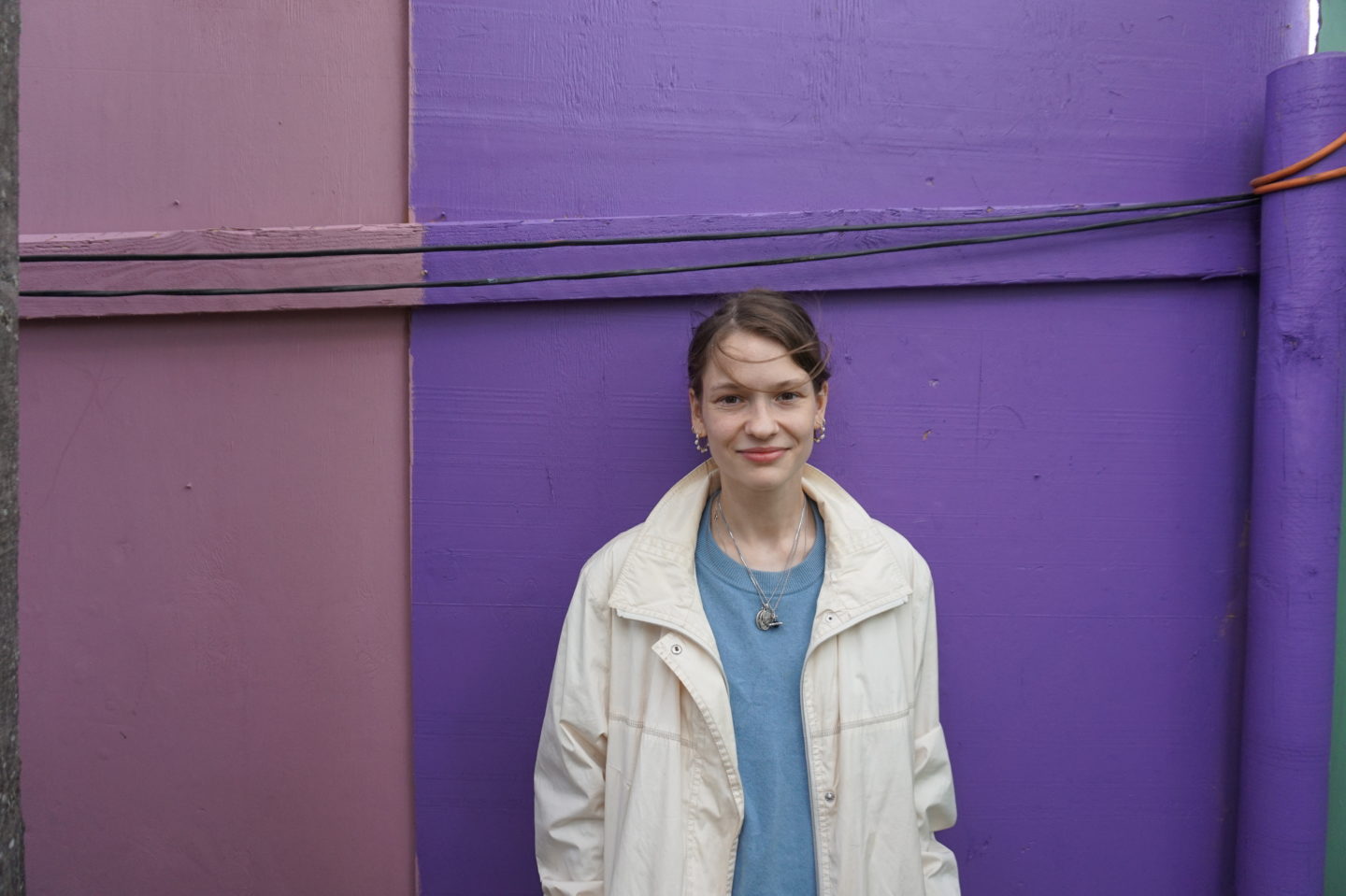
Photo: Austin Maloney
So when you started making your own songs, what influenced you?
I’ve listened to a lot of different genres throughout my life, rock, jazz, soul, pop, R’n’B, classical. Even like Fado music. And so when we were making the early songs, I was mainly listening to R’n’B, so it had that vibe. I had listened to R’n’B for a while, but I wasn’t a fanatic, I just liked it. If you’re already a fan of jazz and soul, it’s easy to appreciate R’n’B. They’re kind of related. But I listened to a lot of folk too, Joni Mitchell and Bob Dylan and so on, and I guess that sneaks in [to my music], once in a while. It’s a combination, and I like that it’s a combination because I think it lets the music go some other place. I don’t enjoy music or art when they decide to fuse things just to see what happens. I think there has to be a point to the fusion, outside of just trying to make something new. I try to be intuitive, and do that and see where it goes. And sometimes it sounds like a genre, and sometimes it sounds like nothing [laughs].
If we flash forward a bit, to the video for Colder. It’s got this really strong concept, when you’re in the Royal Cast Collection in Copenhagen. So I was wondering where the idea for that came about?
It came about because when you play the harp, you get a lot of weird gigs! Which is fun of course. I played there some years ago, so I knew it, and we thought it could be a good idea to make a video for Colder there, as we felt it had a good moral intention, and it was dynamic. And its dynamic allowed us to use it in the video. I felt it was representative a lot of different human states of mind. A lot of different emotions, and different times, and I felt that was one of the points of the song. With humanity, it’s weird what we do, and even more weird what we don’t do. The song is about why we don’t use that last piece of intellect and energy we have to try and understand each other. Because it takes energy and resources, but I think if we got to that place, a lot of things would benefit from it. A lot of things would be easier if we didn’t start to fight the second someone contradicts you. And I myself am not very good in that department, I’m not saying I’m holy here. It’s also a shoutout to people who don’t feel they’re accepted in society because of their mind, body, skin, bank account whatever.
To follow on from that question, and get into the theme of art, your Facebook cover photo is Cristofano Allori’s ‘Judith with the Head of Holofernes’, which obviously has a special resonance for you. And your Soundcloud imagery also has a lot of classical and renaissance art. So is that world a big inspiration for you?
Yes, and I’ve been lucky in that way, as I’ve been raised around art. Both my parents and my family are involved in the arts in different ways, so I’ve been exposed to that. It makes it easy to get inspired, as you can just reach out to it. My family took me to museums, and I’ve always enjoyed art from up to Expressionism, and also some stuff after that, but not as much. I think it’s easier to relate to art from when artists mostly painted and made sculptures. Now there are so many different things, it can be hard to sink in.
There’s so many different fields, a flood of new artforms, that it’s hard to focus in and take the time to properly understand something?
Yeah, exactly. If everybody just painted these days, maybe it would be easier for people to understand it. Because every time you see another form of sculpture, or soundscape, or performance art or whatever, you have to learn its language. And you have to really want it to make sense.
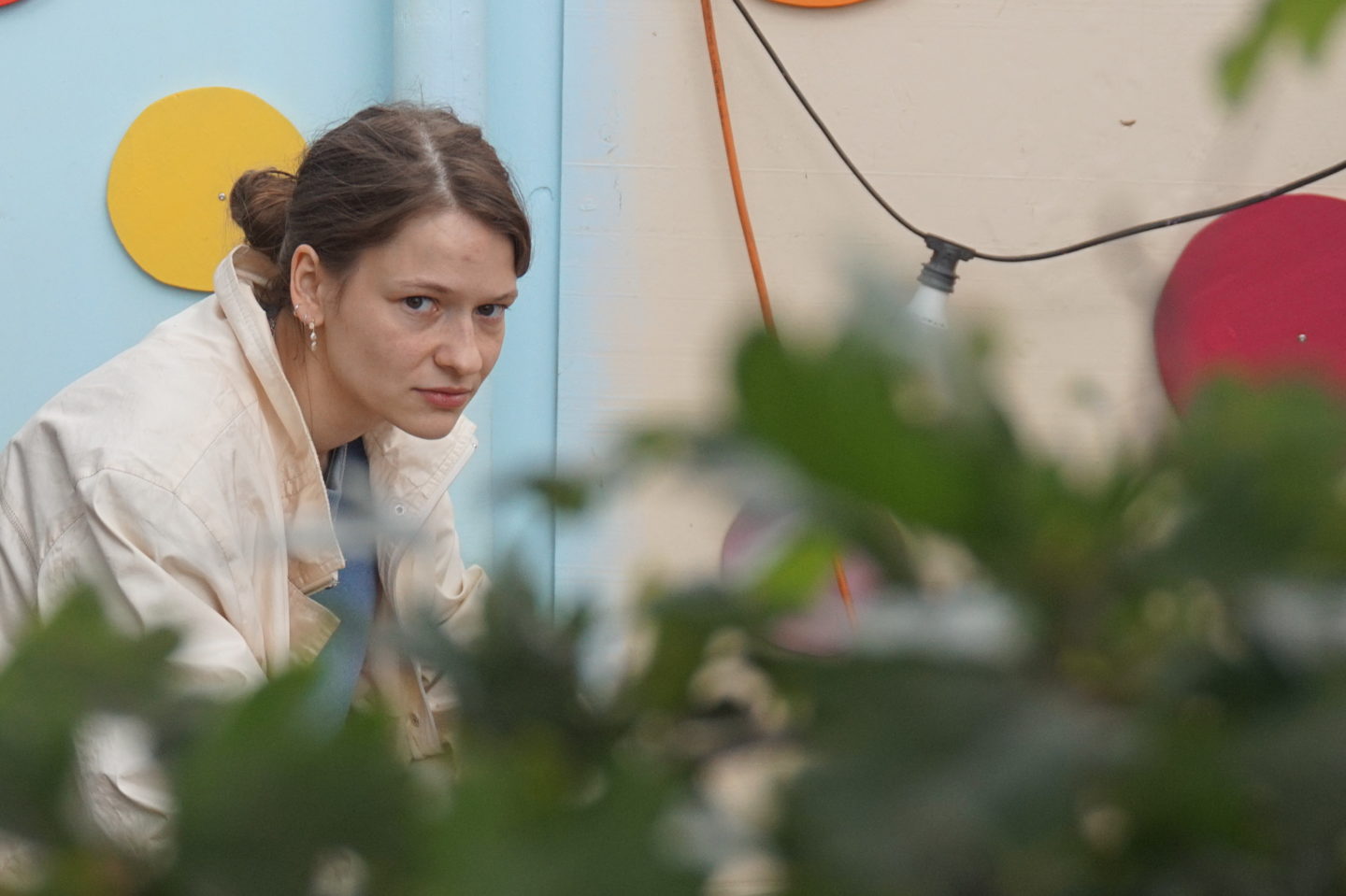
Photo: Austin Maloney
When you make a song, and for example, for Inner Thigh, you have the Zeus painting [‘Leda and the Swan’ by François Boucher]. Do you put a lot of thought into looking at these paintings and thinking ‘oh, this one can represent my music, in some way’?
Yes, and I find that there is so much in paintings, there’s a huge library of images, and I think it’s kind of fun.
I guess the fact that you play the harp is the first big talking point people have about you. But in the recorded music you’ve put out so far, it’s not very present there. And then when you see it live, it plays a much bigger role. Do you prefer to hold it a little bit back from the recorded music, so then it can play a bigger role and have more effect when you bring it out in your live shows?
I haven’t really had a choice. When we made Kind Of Lonely, that was the project, it was just about me singing. We focused on my vocals and the production. It’s not the easiest instrument to take with you, it’s very big. I have a smaller one, but you still need to take it in a cab or something, so you really have to plan if you want to bring it to the studio. So when we started, we just decided to make some songs, and that was it, we didn’t want to bother too much.
I think it adds a very special element to your live shows. You can do the thing that you did today for example, and strip it back to harp, acoustic guitar and cello, and it adds a dimension you can’t experience from the recorded music.
I like those breaks, where something different happens. I think it intensifies the atmosphere. You listen more carefully I think, when you’ve not too over-simulated. All of the shows we’ve done so far, part of the process is us trying to figure out what we’re doing. So I try and involve those elements, and not think too hard about it. Nowadays, a lot comes down to identity, and I’m not a big fan of the way we’re doing it, because I think it’s very tiresome. And it can be destructive, and there’s a lot of capital in it, a lot of money, and it can be a bit fanatic. I try to keep it real to myself. When you don’t know what you want, or what you are, or what you are going to do, that is as much you as when you know what you are doing. So I’m trying to be honest.
You’re not trying to project a finished image?
Exactly. And I just have to believe that the core inside of me is strong enough to produce the red thread that connects the songs that some people need. So that’s me, blind, just hoping that it will be enough. But I think it’s the only way I can work right now, as otherwise I would be too tense, and I would get frustrated. I have to allow myself to be what I am.
You would be stressed out and frustrated if you had a fixed image as an artist? You would have no room to change or develop?
Exactly. For me it’s very important to be fluid, and not be held down.
To wrap it up, what is coming up next?
We are going to make the album, primarily, and I guess it will be finished in a year. And we’ll be playing some summer concerts, and we have a headline concert at Lilla Vega this October.
So primarily, going into the studio…
To make that fucking album [laughs].

Photo: Austin Maloney
Selma Judith’s latest single Colder is out now.
